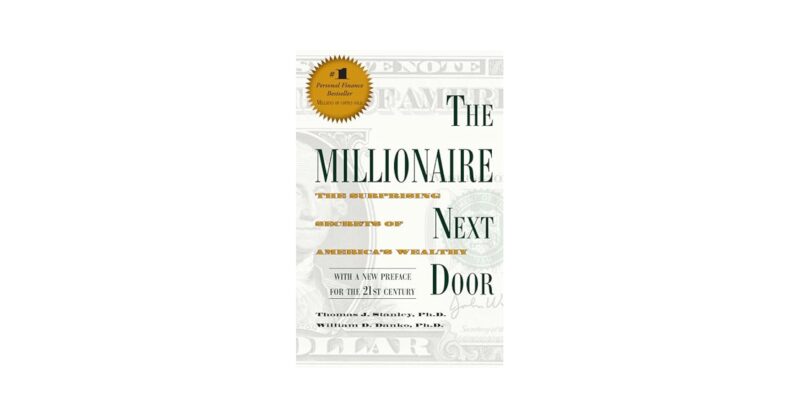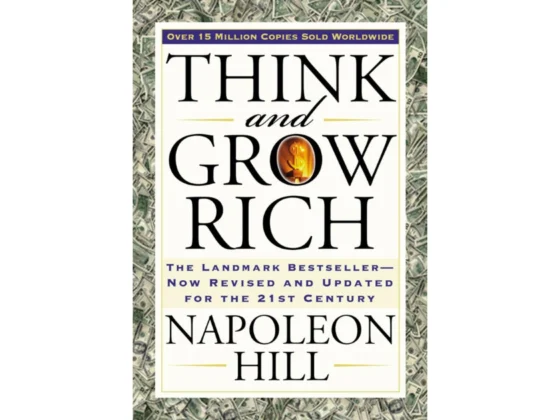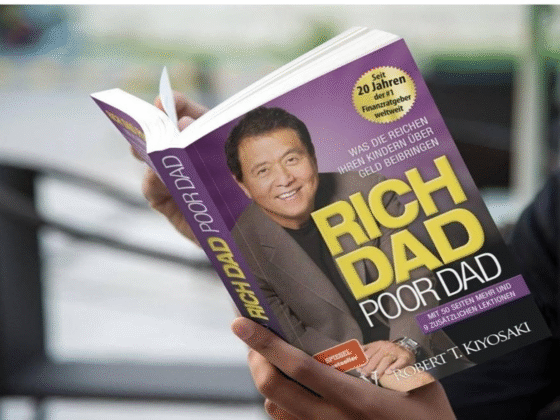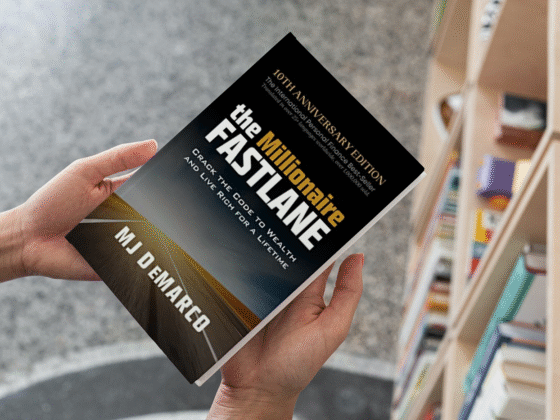Book Review: The Millionaire Next Door by Thomas J. Stanley & William D. Danko

When you picture a millionaire, you might imagine flashy cars, designer clothes, and a luxury lifestyle. But according to The Millionaire Next Door by Thomas J. Stanley and William D. Danko, that stereotype couldn’t be further from reality.
Originally published in 1996, this classic personal finance book reveals the surprising habits and traits of America’s wealthy. Decades later, it continues to resonate with readers who want to understand how ordinary people quietly build extraordinary wealth.
But is The Millionaire Next Door still relevant in 2025? And can its insights help you improve your own financial life today? Let’s dive into the book’s key findings, its strengths and weaknesses, and whether it deserves a spot on your reading list.
What Is The Millionaire Next Door About?
The Millionaire Next Door is based on extensive research conducted by Stanley and Danko, who studied the behaviours of millionaires across the United States. Rather than focusing on celebrities or Silicon Valley entrepreneurs, they examined everyday wealthy individuals—people who quietly built financial independence through discipline, frugality, and smart decision-making.
The central argument: most millionaires don’t look rich. They drive modest cars, live in middle-class neighbourhoods, avoid lifestyle inflation, and consistently spend less than they earn.
The book outlines the seven common traits of the wealthy, challenging conventional wisdom about how millionaires achieve and maintain wealth.
Key Lessons from The Millionaire Next Door
1. Millionaires Live Below Their Means
Despite their wealth, most millionaires avoid extravagant lifestyles. They budget carefully, resist consumerism, and prioritise financial independence over status symbols.
2. They Allocate Time, Energy, and Money Efficiently
Wealthy individuals focus on activities that build long-term value, whether in their businesses, investments, or personal lives.
3. Financial Independence Is More Important Than Social Status
Rather than spending to “look rich,” true millionaires focus on being rich—accumulating assets and reducing liabilities.
4. Adult Children Can Be Spoiled by Economic Outpatient Care
The book warns against enabling children with too much financial support, as it can undermine their independence and drive.
5. Millionaires Choose the Right Occupations
Many come from professions that allow wealth accumulation (small business owners, doctors, accountants) rather than glamorous or high-risk careers.
Who Should Read The Millionaire Next Door?
This book is best suited for:
- Aspiring savers and investors who want to learn proven wealth-building habits.
- Middle-class readers who think wealth is out of reach but want evidence it’s achievable.
- Parents who want to raise financially independent children.
- Anyone battling lifestyle creep who needs a reality check on spending.
Pros & Cons of The Millionaire Next Door
✅ Pros
- Research-driven insights backed by decades of data.
- Breaks the myth of flashy millionaire lifestyles.
- Practical lessons anyone can apply, regardless of income level.
- Encourages long-term thinking and discipline.
❌ Cons
- Some examples feel dated (1990s cars, prices, and demographics).
- Heavy U.S. focus—less relevant to international readers.
- The writing style can be academic at times compared to story-driven books like Rich Dad Poor Dad.
- Less emphasis on modern financial tools (apps, online investing platforms).
How It Compares to Other Personal Finance Books
| Book | Focus | Best For | Style |
|---|---|---|---|
| The Millionaire Next Door | Habits & traits of the wealthy | Savers, families, disciplined earners | Research-based, data-driven |
| Rich Dad Poor Dad (Robert Kiyosaki) | Mindset & financial education | Beginners, entrepreneurs | Storytelling, motivational |
| Atomic Habits (James Clear) | Habit-building & discipline | Anyone wanting consistency | Practical, science-based |
| Your Money or Your Life (Vicki Robin) | Life values & financial independence | Minimalists, FIRE enthusiasts | Holistic, reflective |
Unlike Rich Dad Poor Dad, which focuses on mindset, or Atomic Habits, which focuses on behaviour, The Millionaire Next Door provides hard data and real-world examples of how ordinary people achieve wealth.
Is The Millionaire Next Door Still Relevant in 2025?
Absolutely. While some details (like specific dollar amounts) are outdated, the core principles are timeless. Living below your means, prioritising assets over liabilities, and resisting social pressure to overspend are strategies that hold up in any era.
In fact, in today’s world of rising living costs, credit card debt, and social media-fuelled consumerism, its lessons may be more relevant than ever.
Final Verdict
The Millionaire Next Door is a must-read for anyone serious about building wealth through discipline and smart choices. It’s not flashy, and it won’t hand you a step-by-step investment blueprint, but its research-driven insights can reshape how you think about money, spending, and success.
If you’re looking for motivation, pair this book with Rich Dad Poor Dad. If you’re looking for practical budgeting strategies, pair it with a tool like You Need a Budget (YNAB) or Money Dashboard. Together, they create a well-rounded financial education.
👉 Best for: Readers who want proof that wealth is built, not inherited or luck-based.
👉 Not ideal for: Those seeking modern investing tactics or quick wins.
Quick Summary
Best For: Savers, middle-class families, and anyone looking for evidence-backed financial habits.
Book Title: The Millionaire Next Door
Authors: Thomas J. Stanley & William D. Danko
First Published: 1996
Main Lesson: Real millionaires are disciplined, frugal, and focused on long-term financial independence.
Rating: ★★★★☆ (4.6/5)








